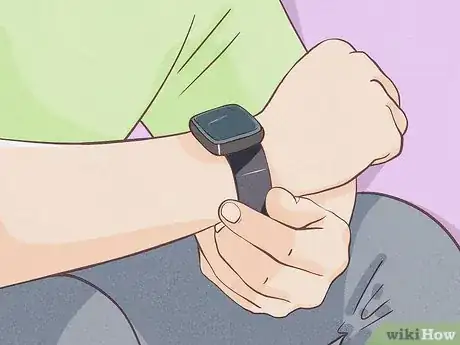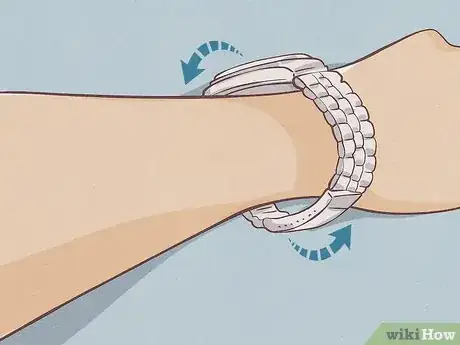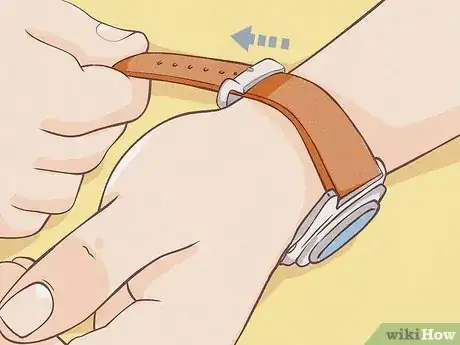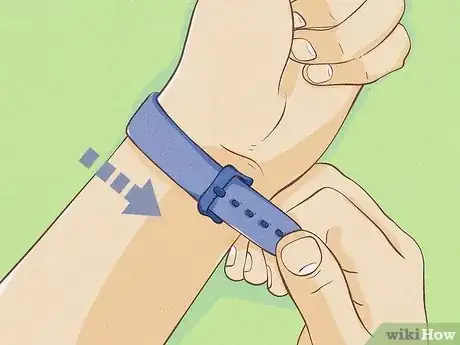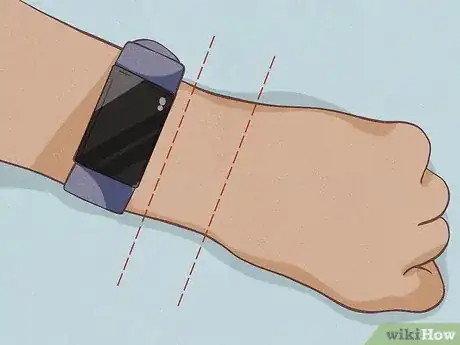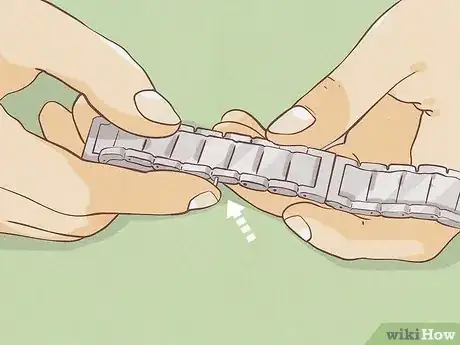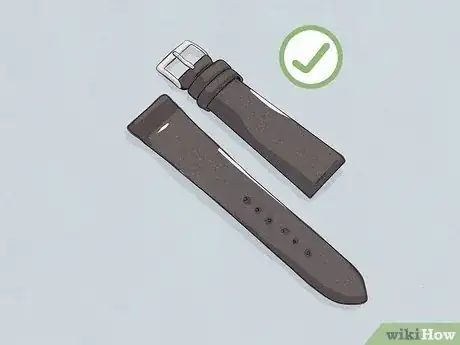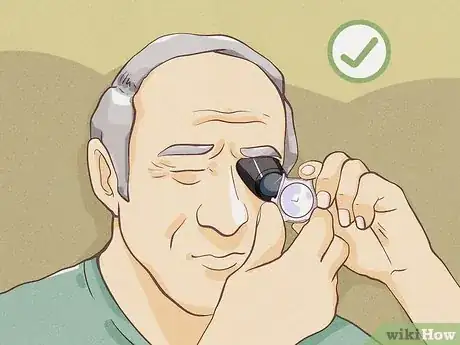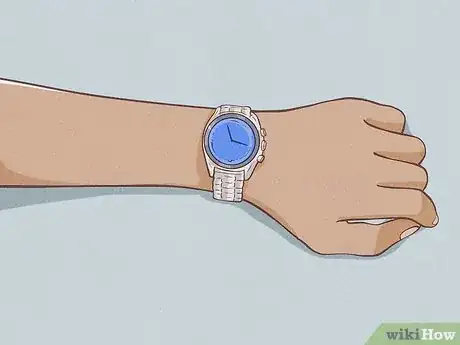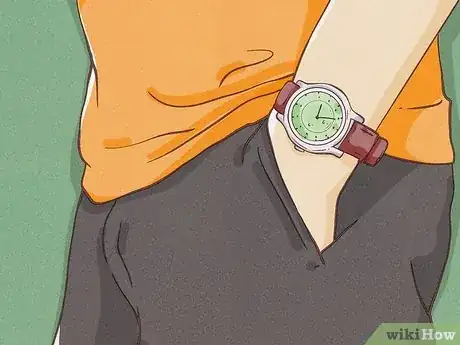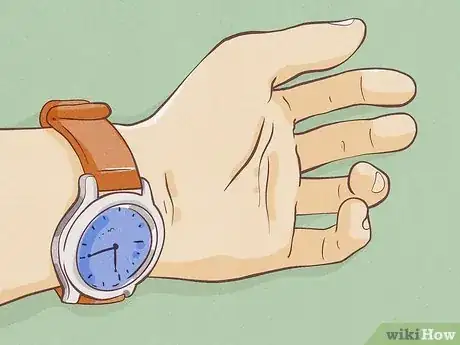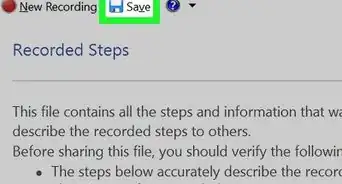This article was co-authored by wikiHow staff writer, Dan Hickey. Dan Hickey is a Writer and Humorist based in Chicago, Illinois. He has published pieces on a variety of online satire sites and has been a member of the wikiHow team since 2022. A former teaching artist at a community music school, Dan enjoys helping people learn new skills they never thought they could master. He graduated with a BM in Clarinet Performance from DePauw University in 2015 and an MM from DePaul University in 2017.
There are 10 references cited in this article, which can be found at the bottom of the page.
This article has been viewed 2,001 times.
Learn more...
You love the way your shiny new watch looks on your wrist, but you can’t help but wonder, “Is it supposed to feel this way? Am I wearing it too tight?” Your comfort is the #1 indicator of a too-tight watch, but if you’re thinking about style or getting the most accurate readings from your fitness watch, there are a few simple guidelines to follow for the perfect fit. In this article, we’ll show you easy ways to test and adjust your watch position and tightness whether you’re wearing a Rolex or a Fitbit. Your perfectly fitted watch is just a tick away!
Things You Should Know
- Adjust your watch so you can snugly slip a pinky under the clasp. The watch face should sit securely on top of your wrist without rotating or twisting much.
- Tighten smartwatches so the sensors under the watch face are in constant contact with your skin. Move the watch 2 finger widths up your wrist during exercise.
- Adjust ill-fitting straps by punching a new hole in leather or rubber strips, removing links from metal bands, or visiting a jeweler or watchmaker.
Steps
Warnings
- Wearing your watch too tightly can result in discomfort, pain, skin irritation, or even circulation issues.[20]⧼thumbs_response⧽
References
- ↑ https://www.mensfashionline.com/how-tight-should-a-watch-be-perfect-fit/
- ↑ https://in.askmen.com/watch-snob/1114380/article/how-should-your-watch-fit
- ↑ https://www.realmenrealstyle.com/wear-watch-right-way/#should-you-wear-your-watch-facing-inward-or-outward
- ↑ https://www.mensfashionline.com/how-tight-should-a-watch-be-perfect-fit/
- ↑ https://www.realmenrealstyle.com/wear-watch-right-way/
- ↑ https://in.askmen.com/watch-snob/1114380/article/how-should-your-watch-fit
- ↑ https://runnersgetup.com/how-tight-should-my-gps-running-watch-be/
- ↑ https://www.factsmaniya.com/how-tight-should-you-wear-a-smartwatch/
- ↑ https://runnersgetup.com/how-tight-should-my-gps-running-watch-be/
- ↑ https://www.mensfashionline.com/how-tight-should-a-watch-be-perfect-fit/
- ↑ https://www.mensfashionline.com/how-tight-should-a-watch-be-perfect-fit/
- ↑ https://www.gearpatrol.com/watches/a725246/how-to-buy-a-watch-strap/
- ↑ https://wristwatchpro.com/how-to-wear-a-watch/
- ↑ https://www.mensfashionline.com/how-tight-should-a-watch-be-perfect-fit/
- ↑ https://wristwatchpro.com/how-to-wear-a-watch/
- ↑ https://in.askmen.com/watch-snob/1114380/article/how-should-your-watch-fit
- ↑ https://wristwatchpro.com/do-watches-get-scratched-easily/
- ↑ https://www.mensfashionline.com/how-tight-should-a-watch-be-perfect-fit/
- ↑ https://www.masterclass.com/articles/how-to-wear-a-watch
- ↑ https://www.mensfashionline.com/how-tight-should-a-watch-be-perfect-fit/
